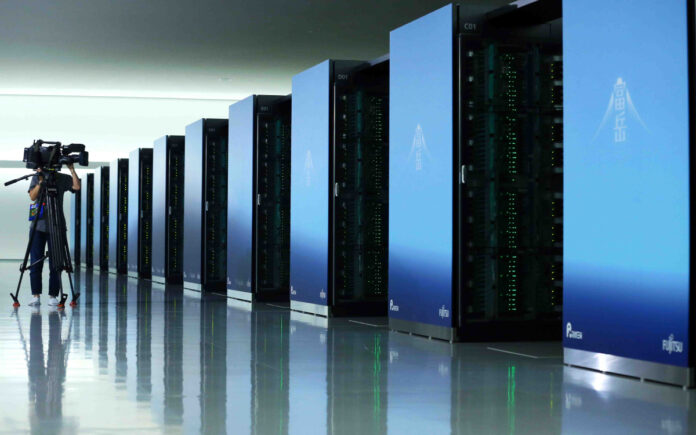Tokyo: Japan has announced plans to build the world’s most powerful supercomputer, which will possess 1,000 times more computational power than any existing machine. Set to be completed by 2030, the project is part of Japan’s bid to lead the global race in artificial intelligence (AI) and has received a massive investment of around USD 780 million.
The upcoming ‘Zeta-class’ supercomputer will succeed Japan’s current flagship, the Fugaku, and is expected to begin development in 2025, according to Japan’s Ministry of Education, Culture, Sports, Science, and Technology (MEXT). Once finished, the Zeta-class machine is projected to achieve unprecedented speeds on the zetaFLOPS scale, a feat never before accomplished.
FLOPS, or floating-point operations per second, measure a computer’s speed. A supercomputer operating at 1 zetaFLOPS would perform one sextillion calculations per second—an astronomical number represented by a 1 followed by 21 zeros. For comparison, today’s fastest machines are only reaching the exaFLOPS level, capable of just over one quintillion calculations per second (a 1 followed by 18 zeros).
The development of this next-generation supercomputer aims to propel scientific research, especially in the AI era. Japanese media report that the Zeta-class supercomputer will bolster Japan’s technological standing by enabling cutting-edge research.
Also Read | Ice Age Mastodon Remains Uncovered in Peruvian Andes
Supercomputers have long been indispensable tools for scientists. They have been used to simulate black holes, uncover new materials, predict Earth’s climate, and explore complex mathematical problems. As their capabilities expand, they will unlock even greater potential in scientific exploration.
Also Read | Ukraine Accuses China of Aiding Russia with Critical Weapon Technology
Unlike quantum computers, supercomputers are more akin to traditional desktops and laptops but operate on a much larger, more advanced scale. They rely on similar components—processors, memory, and storage—but their sheer size and complexity enable them to perform tasks unimaginable on regular computers.



